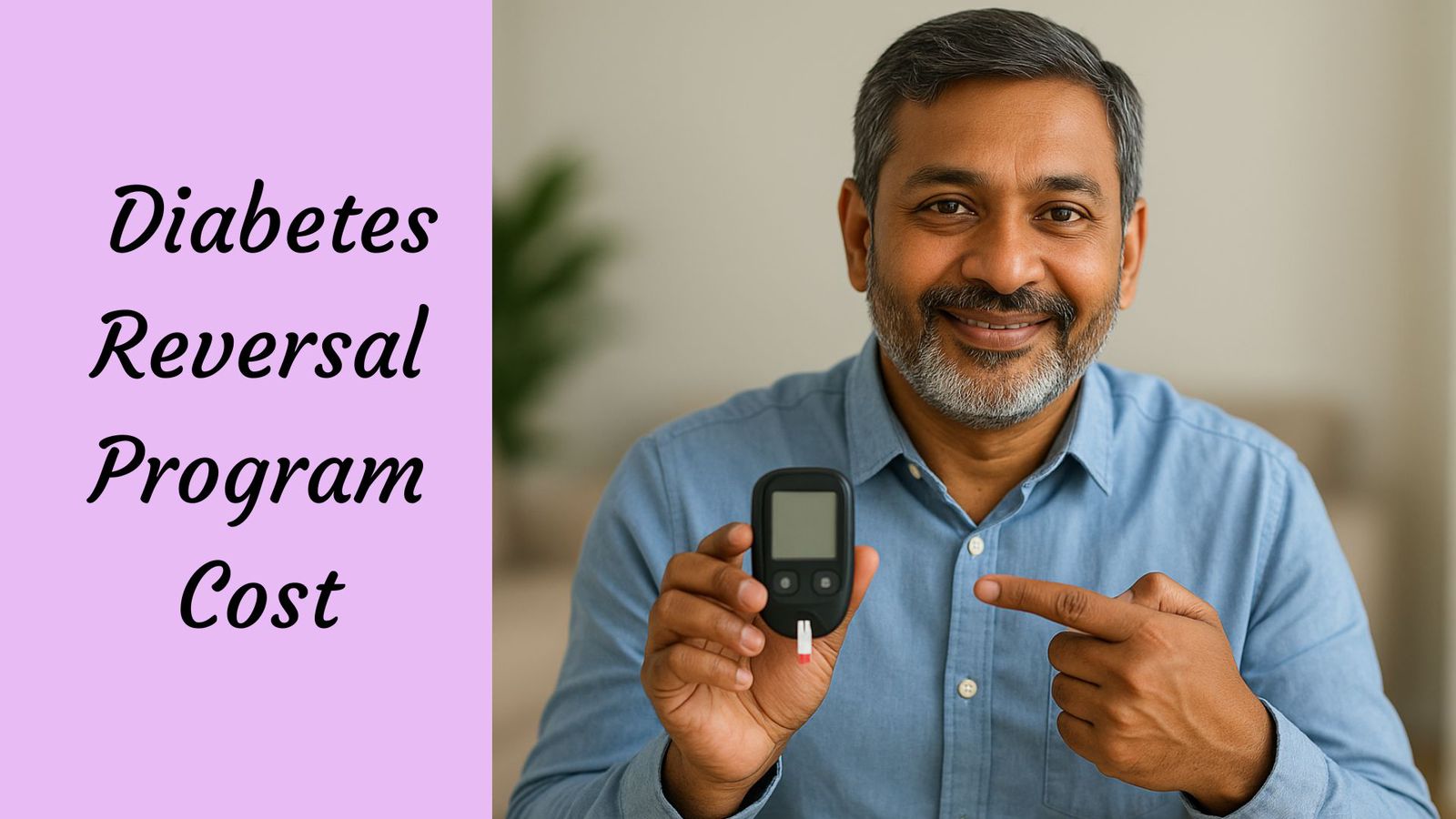Managing diabetes effectively begins with understanding the costs and benefits of a diabetes reversal program. From the initial diagnosis to achieving long-term remission, these programs help patients make lifestyle changes that can lower blood sugar, reduce stress, and improve weight management.
With guidance from a doctor, a tailored plan focuses on key aspects such as diet, exercise, and monitoring, helping prediabetes and diabetes patients see measurable results.
Many patients have successfully reversed their condition within a few weeks, achieving lasting success and significant reduction in medication dependency. Understanding the payment options and the key steps to follow ensures you can achieve your health goals efficiently.
What are the major components that make up the diabetes reversal program cost?
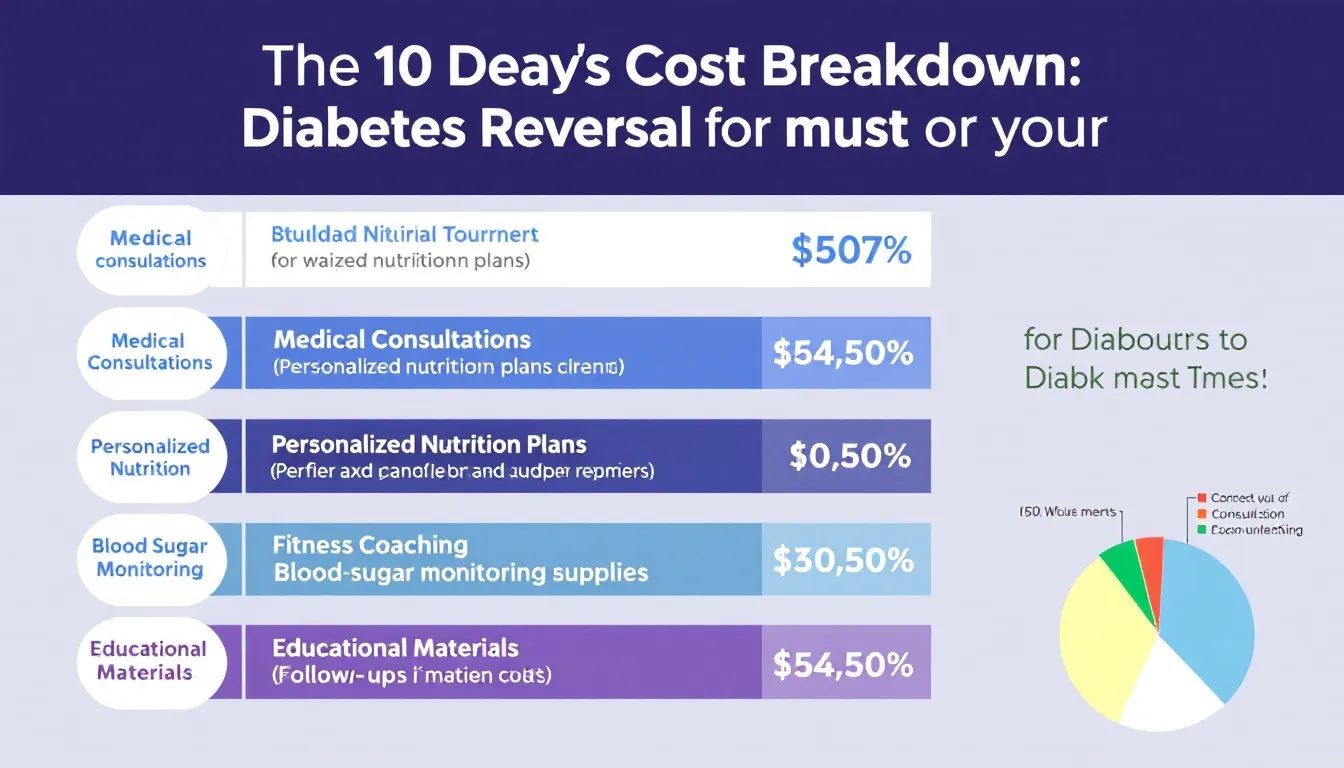
The diabetes reversal program cost is influenced by several major components that together ensure a comprehensive approach for managing the condition and improving overall outcomes. Key elements include:
- Personalised plan: Tailored dietary and lifestyle guidance designed specifically for each patient’s needs.
- Holistic approach: Integration of nutrition, mental well-being, and medical support to promote better health.
- Regular exercise: Structured activity programs that aid in weight loss and enhance insulin sensitivity.
- Lifestyle choices: Coaching on sleep, stress management, and daily habits that support long-term diabetes control.
- Comprehensive approach: Continuous monitoring and adjustments to optimize overall health and achieve sustainable results.
These components work together to create a program that not only targets weight loss and blood sugar control but also fosters lasting better health through informed lifestyle choices.
Which factors most strongly influence the cost of diabetes reversal compared to regular diabetes management?
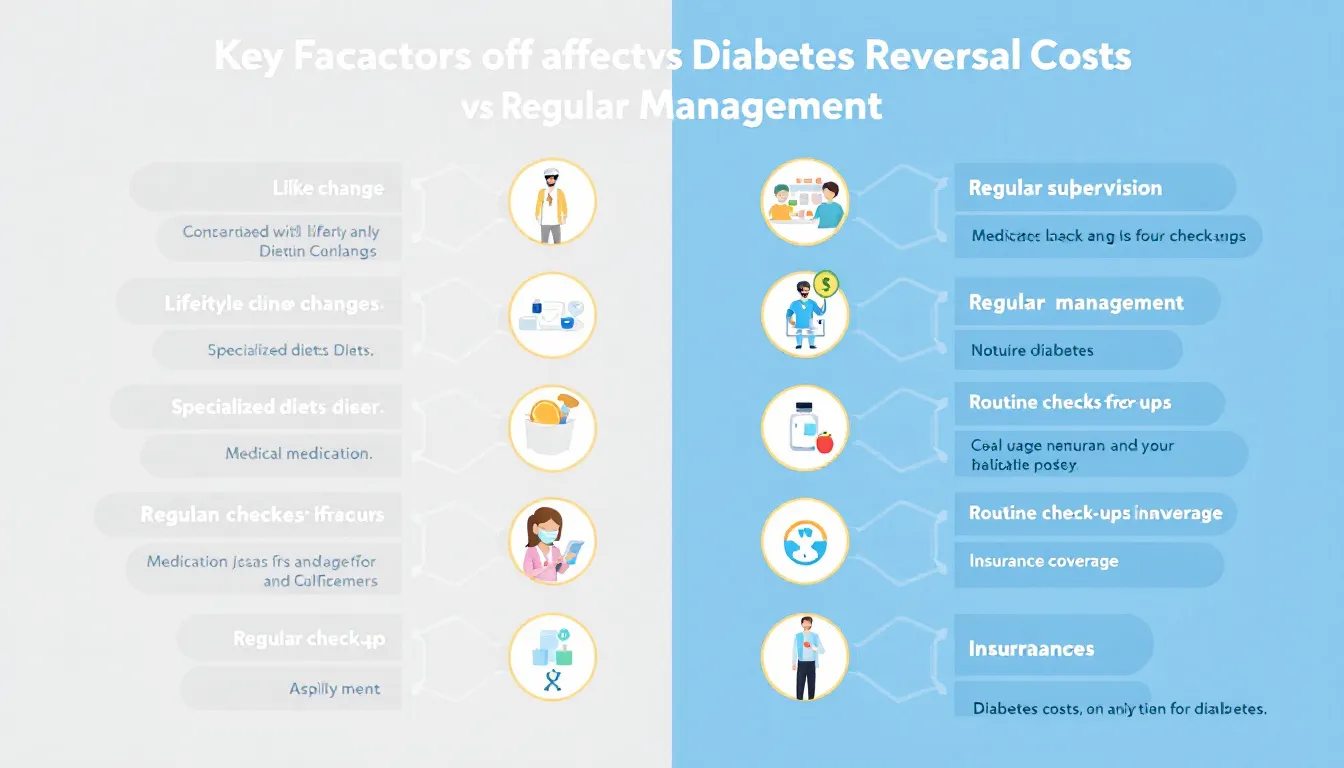
1. Type and Scope of Programs
The cost of a diabetes reversal program largely depends on the structure and comprehensiveness of the programs offered.
Programs that provide a comprehensive approach with personalized plans, expert coaches, and continuous monitoring tend to cost more than standard diabetes management programs that focus only on basic control measures.
2. Diet and Nutrition Components
Nutrition plays a crucial role in diabetes reversal, and programs that include specialized diet plans are generally more expensive. The inclusion of high-quality whole grains, fresh food, and guidance on maintaining optimal sugar levels adds to the cost.
Programs that educate patients on lifestyle adjustments like reducing sugar intake and balancing meals usually offer better health outcomes but at a higher price point.
3. Exercise and Lifestyle Support
A structured exercise regimen and ongoing support for healthy lifestyle changes increase program costs. This may include gym sessions, online workouts, or coaching for daily activity.
Programs that integrate life-long habits for maintaining sugar levels and diabetes control provide long-term value but require additional resources, reflecting in the cost.
4. Medical Supervision and Medication Management
Programs that monitor diabetes progression with regular tests and adjust medication dosage as needed typically cost more.
Regular medical supervision ensures patient safety, effective sugar management, and reduces long-term risk of complications, making these programs more effective but pricier than basic diabetes management approaches.
5. Regional Variations
In India and other regions, the cost of diabetes reversal programs varies depending on access to expert coaches, infrastructure, and availability of quality food and whole grains.
Programs in metropolitan areas with advanced facilities tend to be more expensive than local or smaller-scale programs.
6. Focus on Long-Term Health
Programs emphasizing better health outcomes rather than short-term control may invest more in coaching, dietary guidance, and lifestyle interventions.
While the upfront cost is higher, patients may achieve sustained sugar levels improvement, weight management, and reduced reliance on medication, making the investment worthwhile.
How does the inclusion of continuous glucose monitoring affect your diabetes reversal program cost?
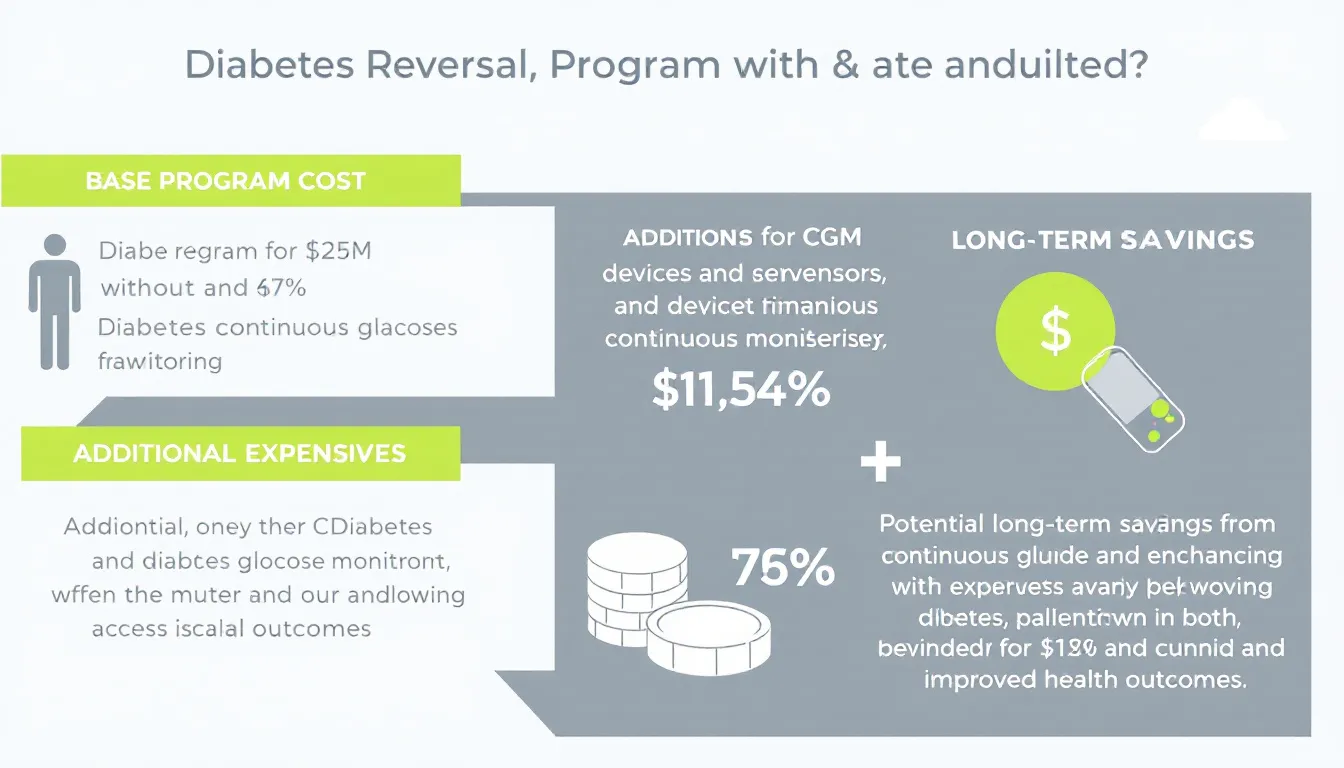
1. Real-Time Blood Sugar Monitoring
The inclusion of continuous glucose monitoring (CGM) allows patients to track their blood sugar and blood glucose levels in real time. This helps identify spikes and drops, enabling timely interventions and improving the chances of maintaining normal blood sugar levels.
2. Personalized Diet and Lifestyle Adjustments
CGM data allows doctors and patients to fine-tune diet plan, healthy eating, and lifestyle changes. Adjustments can be made to reduce high blood sugar, manage insulin resistance, and incorporate effective lifestyle modifications that support long-term diabetes reversal.
3. Optimizing Diabetes Medication
Programs that include CGM enable precise monitoring, allowing doctors to adjust diabetes medication as needed. This helps reduce reliance on medications while ensuring significant improvements in blood sugar control and overall health.
4. Stress Management and Lifestyle Support
CGM also supports stress management by providing feedback on how stress or activity affects blood sugar. Patients can adopt strategies to manage stress, improve lifestyle changes, and maintain better glycemic control.
5. Cost Implications
While programs with CGM are typically more expensive, they provide better tracking and outcomes, making them a valuable component of the best diabetes reversal program.
By integrating real-time monitoring with personalized plans, balanced diet, and lifestyle interventions, patients can achieve improved blood sugar control and sustainable results.
What are the costs associated with diabetes reversal medications versus traditional diabetes medication?
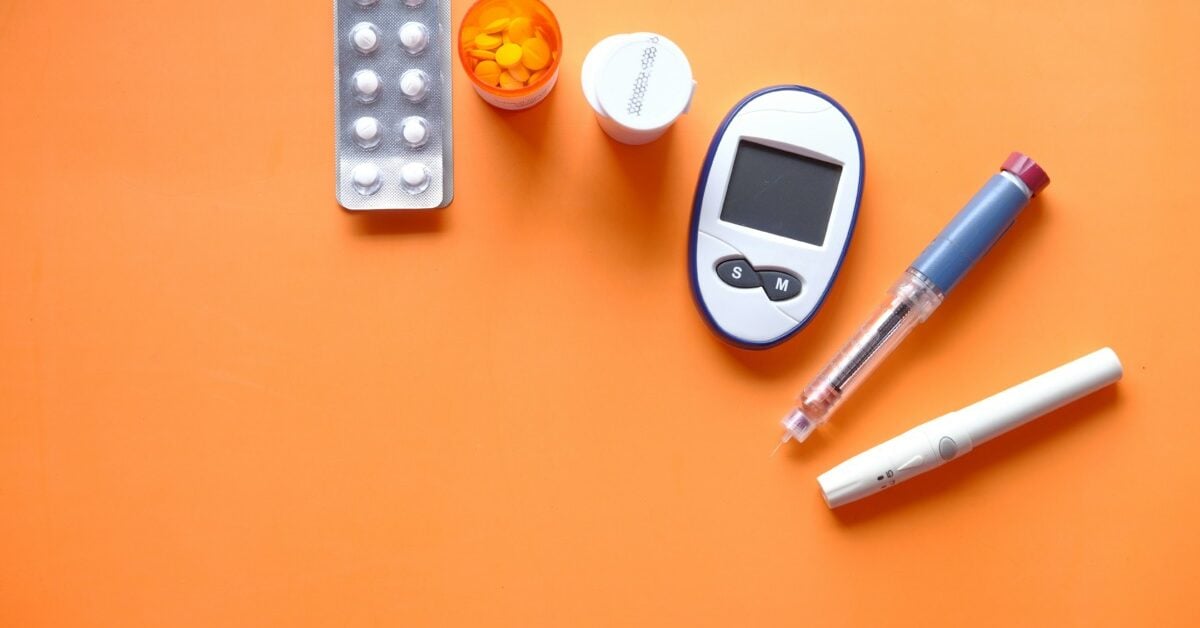
1. Diabetes Reversal Medications
Medications included in a personalized diabetes care plan for diabetes reversal are often part of an integrated approach combining diet, exercise, and lifestyle changes. These medications are typically designed to help patients reverse diabetes or manage pre diabetes conditions.
Because they are tailored to the patient’s specific needs and often combined with ongoing monitoring, the cost tends to be higher than standard treatment.
2. Traditional Diabetes Medication
Standard diabetes medications, prescribed after a patient is diagnosed, usually focus on controlling blood sugar rather than reversing the condition. These medications are often generic and widely available, making them more affordable.
However, they may not address the underlying lifestyle or metabolic factors that can lead to long-term improvement.
3. Role of Early Diagnosis
Patients who receive early diagnosis of pre diabetes can often manage the condition with lifestyle interventions and a personalized diabetes care plan, potentially reducing dependence on medication.
Early interventions through diet and monitoring may lower overall medication costs compared to patients who start treatment after full diabetes is diagnosed.
4. Integration with Diet and Lifestyle
Programs aiming to reverse diabetes often include a structured diet and lifestyle guidance alongside medications. This holistic approach increases initial program costs but can lead to reduced long-term dependence on medication and better health outcomes, making the investment worthwhile.
What are the benefits of different diabetes management programs for long-term health?
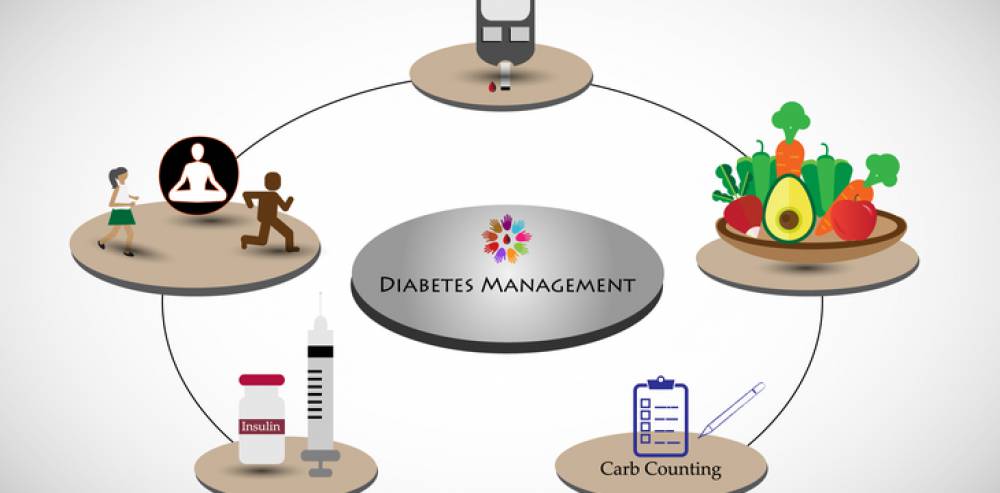
1. Improved Blood Sugar Control
One of the primary benefits of diabetes management programs is the effective regulation of high blood sugar levels. Structured diabetes control programs provide personalized diet and exercise plans that help stabilize glucose levels, reducing the risk of complications associated with diabetes mellitus.
2. Prevention and Management of Pre Diabetes
For individuals with pre diabetes, management programs can prevent progression to full-blown diabetes mellitus. By adopting targeted lifestyle interventions and monitoring sugar levels, patients can maintain healthy glucose levels and reduce long-term health risks.
3. Weight Loss and Metabolic Health
Many programs incorporate strategies for weight loss, which is critical for improving insulin sensitivity and overall metabolic health. Reducing excess weight can also relieve strain on organs such as the liver, which plays a key role in glucose metabolism.
4. Protection of Vital Organs
Effective management programs not only control sugar but also protect vital organs from diabetes-related damage. Keeping high blood sugar in check reduces the risk of liver dysfunction, cardiovascular complications, and kidney issues, contributing to better long-term health.
5. Sustainable Lifestyle Habits
By combining nutrition, exercise, and education, diabetes control programs encourage long-term adherence to healthy routines.
Patients learn to manage pre diabetes or diabetes mellitus through diet, physical activity, and lifestyle modifications that support weight loss and organ health, particularly the liver.
HealthyWayFit — India’s Most Cost-Effective Personal Diabetes Reversal Program
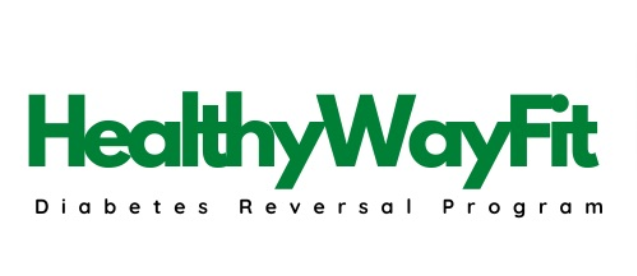
Living with diabetes often feels like carrying an invisible weight. You’re told to “eat less,” “exercise more,” or “try another pill.” And yet, your sugars stay stubborn, energy dips continue, and every lab report seems like a warning. What’s missing isn’t willpower — it’s the right system at the right cost.
That’s where HealthyWayFit comes in.
We are not another app, generic webinar, or mass-market diet chart. HealthyWayFit is a 12-month, end-to-end diabetes reversal program designed exclusively for Indian professionals who want measurable results without breaking the bank.
Our pricing is transparent, aligned with the quality of care, and tailored to provide maximum value for your health investment.
Over the past few years, our team has guided hundreds of Indians toward lowering HbA1c, reducing medicine dependency, and—in many cases—achieving complete diabetes reversal.
Our tone is simple: empathetic, therapeutic, and committed. We listen first, design second, and stay with you every step of the way.
1) What Makes HealthyWayFit Different?
Personalized Nutrition You Can Actually Live With
No quinoa fads or complicated smoothie charts. We work with your ghar ka khana — dal, roti, rice, idli, dosa, paneer, sabzi — and align it to sugar control. No separate cooking, no pressure at home. A personalized plan that works at any age, while keeping costs practical.
Metabolic Exercise That Works Fast
Simple metabolic movements targeting big muscle groups (legs, shoulders, glutes) in just 15–20 minutes can bring blood sugar down by 50–100 points. No gym membership required — reducing extra expenses.
Stress & Sleep Mastery
Stress spikes cortisol, which raises sugar. We provide practical tools: one-minute breathing routines, sleep optimization, and micro-habits to stabilize sugars without additional cost.
Doctor-Led, Holistic Care
Work directly with a Senior MD Diabetologist, combining medical supervision with lifestyle coaching. This holistic approach ensures value for money, as your health is optimized efficiently.
Relentless Support & Accountability
Weekly coaching calls, daily check-ins, habit tracking, and festival, dining-out, travel, and wedding guides. Life won’t stop for your health journey, and neither does your investment.
2) Understanding Diabetes Reversal Program Cost
The cost of our diabetes reversal program reflects its end-to-end structure:
- Personalized nutrition and diet plan
- Metabolic exercise routines
- Stress management and lifestyle coaching
- Medical supervision and monitoring
- Ongoing support and accountability
While this may be higher than basic diabetes management programs, the long-term savings from reduced medication, lower doctor visits, and fewer complications make it a cost-effective solution for sustainable health improvement.
3) What Results Can You Expect?
Most clients begin to see changes in just 20–60 days — improved energy, lighter mornings, or lower sugar readings. Over the full program, results are sustainable, meaning your investment in the program pays off in long-term diabetes control and overall health.
4) Is HealthyWayFit for You?
If you are a working professional or entrepreneur serious about taking control of your diabetes and willing to dedicate 15–30 minutes a day, HealthyWayFit is for you. This isn’t a crash course — it’s a cost-conscious, life-changing system, personalized around your food, family, and lifestyle.
5) Take the Next Step
Your journey begins with a personal consultation to understand your health markers, lifestyle, and budget. If aligned, we’ll design a custom plan tailored to your needs and cost expectations.
Explore diabetes reversal program cost details and book your consultation:
- Visit: https://www.healthywayfit.com
- Book consultation: https://calendly.com/healthywayfit/30min
Move beyond “managing” diabetes — reverse it sustainably, safely, and affordably with HealthyWayFit.
Frequently Asked Questions(FAQs)
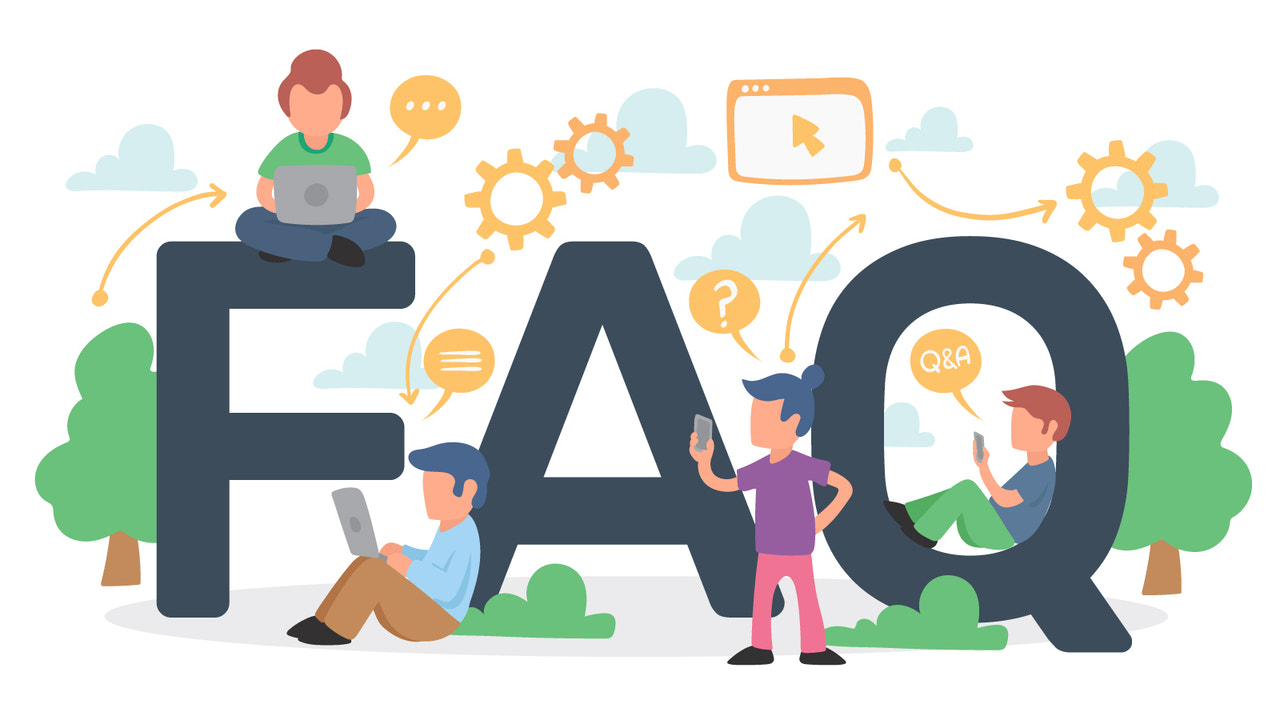
1. What steps are involved in a successful diabetes management journey?
A successful diabetes management journey involves early diagnosis, monitoring blood sugar, adopting a balanced diet, regular exercise, weight loss, stress control, and adherence to a diabetes care plan, ensuring sustainable health and effective diabetes control program outcomes.
2. How can monitoring blood sugar regularly improve your diabetes care plan?
Regular blood sugar monitoring helps track glucose trends, enabling timely adjustments in diet, exercise, and diabetes medication. It ensures the diabetes care plan is effective, reduces high blood sugar risks, and improves long-term management of diabetes mellitus.
3. Are cost EMI options available for enrolling in a diabetes control program?
Many diabetes control programs now offer cost EMI options, making enrollment more affordable. Patients can spread payments over months while accessing personalized care, structured diet plans, and monitoring, ensuring effective diabetes management programs without financial stress.
4. How can a well-structured diabetes care plan prevent complications in diabetes mellitus?
A structured diabetes care plan combines diet, exercise, medication, and regular blood sugar monitoring. It reduces high blood sugar, supports weight loss, and protects organs, helping prevent long-term complications in diabetes mellitus and improving overall health outcomes.
Conclusion
In conclusion, understanding the diabetes reversal program cost is essential for making an informed decision about your health.
A comprehensive program like HealthyWayFit combines personalized nutrition, metabolic exercise, stress and sleep management, medical supervision, and continuous support to deliver sustainable results.
While the initial investment may be higher than standard diabetes management programs, the long-term benefits—including reduced medication dependency, improved blood sugar control, weight loss, and enhanced overall health—make it cost-effective.
By choosing a structured, doctor-led program, patients can achieve lasting diabetes reversal, better quality of life, and long-term savings, making every step of the journey worthwhile.

